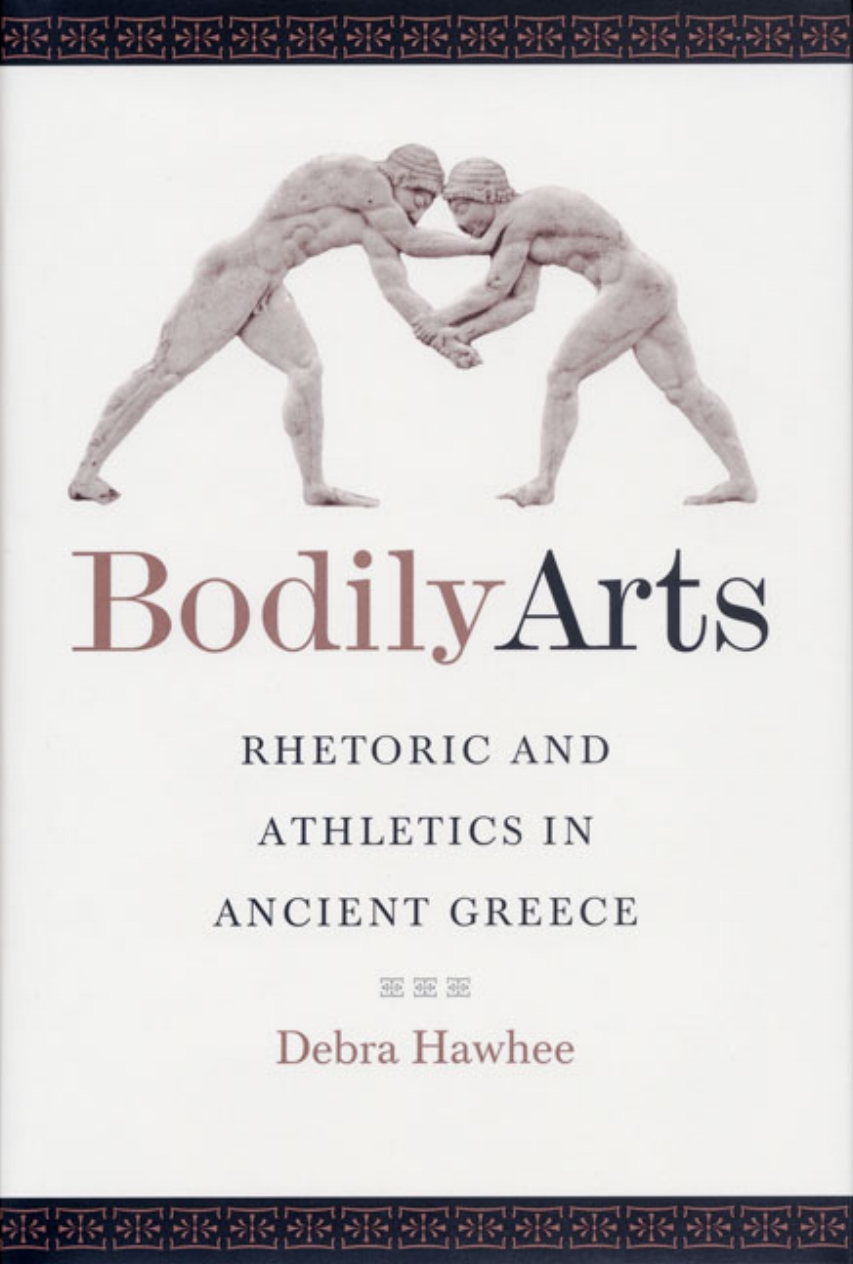A SENSE OF URGENCY: How the climate crisis is changing rhetoric
Why is it difficult to talk about climate change? Debra Hawhee argues that contemporary rhetoric relies on classical assumptions about humanity and history that cannot conceive the present crisis. How do we talk about an unprecedented future or represent planetary interests without privileging our own species? A Sense of Urgency explores four emerging answers, their sheer novelty a record of both the devastation and possible futures of climate change. In developing the arts of magnitude, presence, witness, and feeling, A Sense of Urgency invites us to imagine new ways of thinking with our imperiled planet.
Rhetoric in tooth and claw
*Winner, Rhetoric Society of America's 2018 Book Award
We tend to think of rhetoric as a solely human art. After all, only humans can use language artfully to make a point, the very definition of rhetoric.
Yet when you look at ancient and early modern treatises on rhetoric, what you find is surprising: they’re crawling with animals. With Rhetoric in Tooth and Claw, Debra Hawhee explores this unexpected aspect of early thinking about rhetoric, going on from there to examine the enduring presence of nonhuman animals in rhetorical theory and education. In doing so, she not only offers a counter-history of rhetoric but also brings rhetorical studies into dialogue with animal studies, one of the most vibrant areas of interest in humanities today. By removing humanity and human reason from the center of our study of argument, Hawhee frees up space to study and emphasize other crucial components of communication, like energy, bodies, and sensation.
Drawing on thinkers from Aristotle to Erasmus, Rhetoric in Tooth and Claw tells a new story of the discipline’s history and development, one animated by the energy, force, liveliness, and diversity of our relationships with our “partners in feeling,” other animals.
Moving bodies
*Winner, The National Communication Association's 2010 Diamond Anniversary Book Award
Kenneth Burke may be best known for his theories of dramatism and of language as symbolic action, but few know him as one of the twentieth century's foremost theorists of the relationship between language and bodies. In Moving Bodies, Debra Hawhee focuses on Burke's studies from the 1930s, 40s, and 50s while illustrating that his interest in reading the body as a central force of communication began early in his career.
By exploring Burke's extensive writings on the subject alongside revealing considerations of his life and his scholarship, Hawhee maps his recurring invocation of a variety of disciplinary perspectives in order to theorize bodies and communication, working across and even beyond the arts, humanities, and sciences.
Burke's sustained analysis of the body drew on approaches representing a range of specialties and interests, including music, mysticism, endocrinology, evolution, speech-gesture theory, and speech-act theory, as well as his personal experiences with pain and illness. Hawhee shows that Burke's goal was to advance understanding of the body's relationship to identity, to the creation of meaning, and to the circulation of language. Her study brings to the fore one of Burke's most important and understudied contributions to language theory.
bodily arts
The role of athletics in ancient Greece extended well beyond the realms of kinesiology, competition, and entertainment. In teaching and philosophy, athletic practices overlapped with rhetorical ones and formed a shared mode of knowledge production. Bodily Arts examines this intriguing intersection, offering an important context for understanding the attitudes of ancient Greeks toward themselves and their environment.
In classical society, rhetoric was an activity, one that was in essence "performed." Detailing how athletics came to be rhetoric's "twin art" in the bodily aspects of learning and performance, Bodily Arts draws on diverse orators and philosophers such as Isocrates, Demosthenes, and Plato, as well as medical treatises and a wealth of artifacts from the time, including statues and vases.
Debra Hawhee's insightful study spotlights the notion of a classical gymnasium as the location for a habitual "mingling" of athletic and rhetorical performances, and the use of ancient athletic instruction to create rhetorical training based on rhythm, repetition, and response. Presenting her data against the backdrop of a broad cultural perspective rather than a narrow disciplinary one, Hawhee presents a pioneering interpretation of Greek civilization from the sixth, fifth, and fourth centuries BCE by observing its citizens in action.



